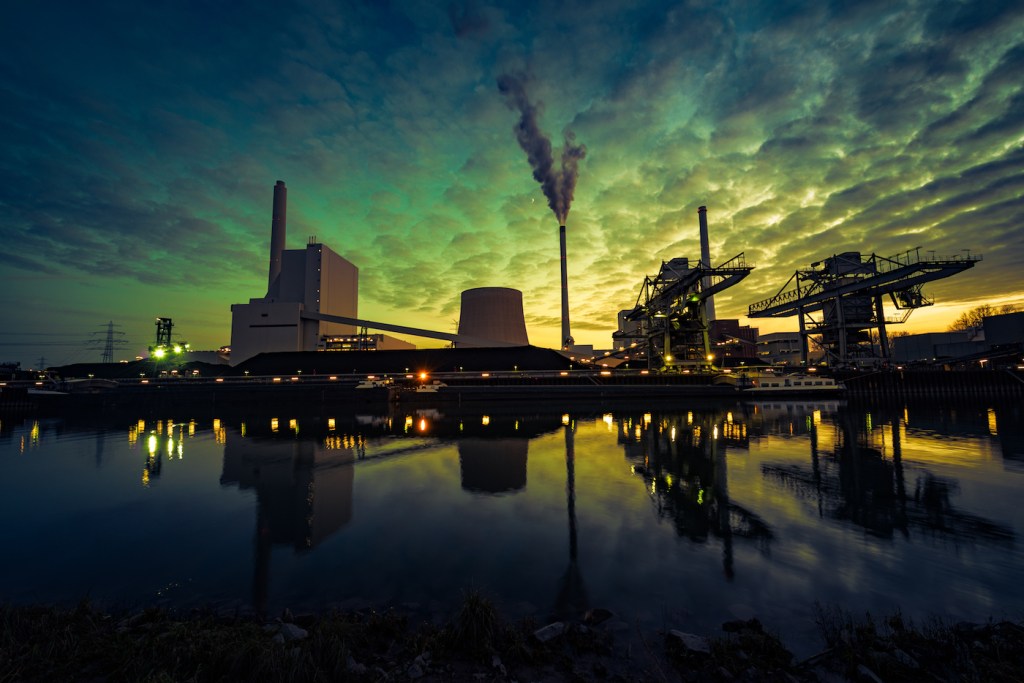Zooming in on climate predictions

In the quest to better understand climate change, there is plenty we still don’t know. But the question isn’t whether or not climate change is happening. “What we sometimes hear on the news is political manufactured uncertainty,” said Auroop Ganguly, a professor of civil & environmental engineering at Northeastern.
Instead, real climate change uncertainty stems from the challenge of simulating the future. What will happen to Boston’s electric grid under long-term extreme weather conditions? How would a power plant in Phoenix be affected by diminishing regional resources? When should Atlanta invest in updating its water infrastructure?
Current models are good at projecting regional trends. But to adequately prepare for the future effects of climate change, scientists need to zoom in on vulnerable locations such as coastal cities, threatened ecosystems, and other specific sites.
In a paper presented this week at the Association for Computing Machinery’s conference for Knowledge Discovery and Data Mining, researchers outlined a new strategy for doing just that.
Thomas Vandal is a doctoral student in civil and environmental engineering at Northeastern and lead author of the paper, which was awarded Runner-Up for Best Paper in the Applied Data Science track. Vandal worked with Evan Kodra, the CEO of Northeastern spinout risQ, and NASA Ames collaborators Sangram Ganguly, Andrew Michaelis, and Ramakrishna Nemani, and his advisor Auroop Ganguly, to develop a system that zooms in on climate data to produce higher resolution projections.
Teaching artificial brains to learn
Simulating climate is an exercise in time travel. In order to predict the future, researchers first have to take stock of the past—in other words, they hindcast before they can forecast.
Vandal visited the NASA Ames Research Center where he collected and analyzed historic climate data sets that measure variables like temperature, rainfall, and geographic elevation, as well as NASA’s extensive satellite data. To wrangle this colossal amount of data, Vandal leveraged a machine at NASA Ames called Pleiades, one of the world’s most powerful supercomputers.
The team’s goal was to create a framework for downscaling—or zooming in—on historic climate data sets. This would allow scientists to make more detailed, localized climate projections.
Rather than using machine learning to get people to click ads or maximize page views, I decided solving problems in climate science was a better use of my skills and time.
Thomas Vandal
Doctoral student in civil & environmental engineering
The researchers made use of cutting-edge deep learning technologies. Deep learning is an innovation of artificial neural networks—a computing system based loosely on biological nervous systems. Deep learning allows artificial neural networks to recognize patterns and perform tasks.
Vandal, who joined Northeastern after working for multiple startups in the Boston area, has used a related technology called machine learning in industry for facial expression analysis and emotion recognition. But after meeting Auroop Ganguly, he realized the technology could take a more virtuous path by making a difference in climate science, an area he cares deeply about.
“Rather than using machine learning to get people to click ads or maximize page views, I decided solving problems in climate science was a better use of my skills and time,” Vandal said.
The result of the team’s research is a framework called DeepSD, which stands for deep learning-based statistical downscaling. The system helps bring disparate climate data sets with varying degrees of detail into focus.
“These downscaled datasets will be of immense value to climate researchers and eco-climatic modelers who want to study anything from the impact of ecosystems to changes in climate for future warming scenarios,” said Sangram Ganguly, one of the study’s co-authors and a senior research scientist at the Bay Area Environmental Research Institute at the NASA Ames Research Center.
And this is just the beginning. Vandal believes the DeepSD concept could be used to solve a variety of climate problems, from tracking extreme weather to predicting disaster events with greater confidence. In the world of computer science, the technology is still in its infancy.
“The computer science field changes really fast,” Auroop Ganguly said. “One year is like a geological age in some other fields.”
This research was supported by NASA and three National Science Foundation grants: Big Data, Cyber SEES, and Expeditions in Computing.





